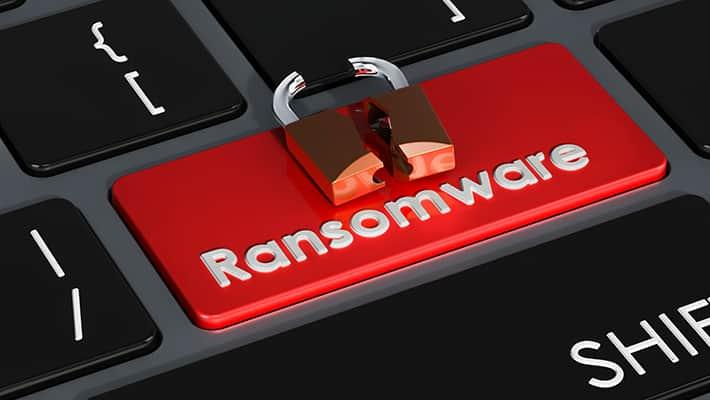Dissecting Akira Ransomware: Techniques, Payloads, and Lessons Learned
Introduction
We will move our discussion ahead from our last topic on Ransomware and will go through a ransomware Akira. In the crowded and ever-evolving ransomware landscape, Akira has quickly established itself as one of the most disruptive players. Emerging in March 2023, Akira targets organizations with a double extortion playbook — exfiltrating sensitive data before encrypting systems, forcing victims into a pay-or-leak dilemma.
Its cross-platform capabilities (Windows, Linux, ESXi) and rapid evolution, including a Rust-based variant dubbed Megazord, have made it a growing concern for sectors worldwide.
Akira is a Ransomware-as-a-Service (RaaS) family first observed in 2023 and highly active through 2024–2025, responsible for many incidents across industries and regions. It typically performs data exfiltration followed by encryption (double-extortion). CISAVeeam Software

